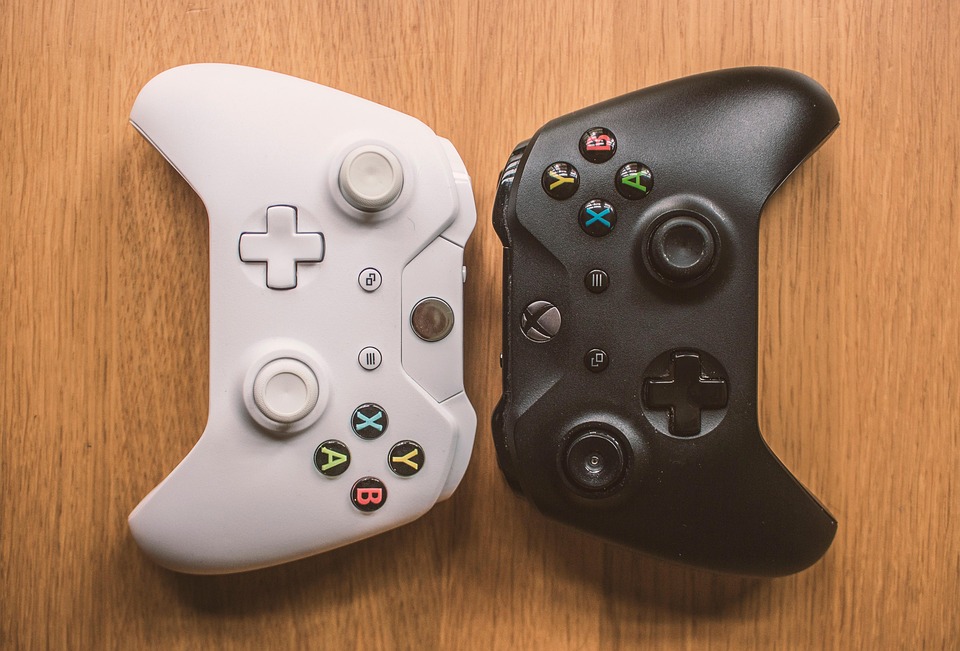In the world of gaming, high performance often comes at a steep price. But with the right approach, it’s possible to build a budget-friendly gaming setup that delivers excellent performance without breaking the bank. Whether you’re a casual gamer or an aspiring eSports competitor, here are some tips to help you design a game-ready environment that fits your budget.
1. Define Your Gaming Needs
Before you start buying components, it’s crucial to assess what kind of games you play and what your priorities are. Are you focused on graphics-intensive AAA titles, or are you more into indie games that don’t require high-end hardware? Knowing your gaming style will help you allocate your budget effectively.
2. Choose Your Platform Wisely
When it comes to choosing a gaming platform, you have three main options: PCs, consoles, or a hybrid approach.
- PCs: Building a gaming PC can be a cost-effective option. You can tailor your components to suit your needs. Opt for a mid-range CPU and a balanced GPU for optimal performance.
- Consoles: Consoles can also provide great performance with less hassle. The PlayStation and Xbox series offer powerful hardware at competitive prices, especially if you can find them on sale or buy used.
- Hybrid: Consider gaming laptops or portable devices like the Nintendo Switch, which offer flexibility for both casual and intense gaming sessions.
3. Budget Components Smartly
Key Components for a PC Build:
- CPU: Look for budget-friendly yet powerful processors such as AMD Ryzen or Intel’s Core i5 series.
- GPU: Graphics cards are often the most expensive component. Explore options like the NVIDIA GTX 1660 or AMD RX 5600 XT, which offer good performance for less.
- RAM: Aim for at least 16GB of RAM for smoother performance, especially in modern games.
- Storage: Consider a mix of SSD and HDD. An SSD for your operating system and main games will provide faster load times, while an HDD can be used for additional storage at a lower cost.
Peripheral Considerations:
- Monitor: Invest in a good monitor with a high refresh rate. Brands like AOC and ViewSonic offer affordable options without compromising quality.
- Keyboard and Mouse: Mechanical keyboards and precision gaming mice are widely available at various price points. Consider brands like Corsair and Logitech that offer solid budget options.
- Audio: Quality sound enhances gameplay. Look for budget-friendly headsets from brands like HyperX or SteelSeries that offer great audio without the hefty price tag.
4. DIY and Used Options
One of the best ways to save money is by looking for used or refurbished parts. Websites like eBay, Craigslist, or local marketplaces often have great deals. Alternatively, consider DIY builds; there are numerous tutorials available online, and building your PC can also help you learn about hardware, making future upgrades easier.
5. Consider Cloud Gaming Services
With advances in technology, cloud gaming services like NVIDIA GeForce NOW, Xbox Cloud Gaming, and PlayStation Now allow you to play high-end games on less powerful machines. This can eliminate the need for a high-end gaming rig altogether, giving you access to a vast library of games at a lower cost.
6. Keep Future Upgrades in Mind
When building or buying a gaming setup, always consider the potential for future upgrades. Investing in a slightly better motherboard or power supply can leave room for future enhancements as you gain more resources.
7. Stay Informed About Sales and Discounts
Keep an eye on sales events like Black Friday, Cyber Monday, or seasonal sales. Retailers often discount gaming gear during these periods, so patience can lead to significant savings.
Conclusion
Crafting a budget-friendly gaming setup requires careful consideration and planning but doesn’t have to be overwhelming. By narrowing your focus on necessary components, leveraging second-hand options, and taking advantage of sales, you can create a high-performance gaming experience without draining your wallet. Remember, it’s not only about the hardware; it’s also about the enjoyment and experience that gaming brings. Happy gaming!

